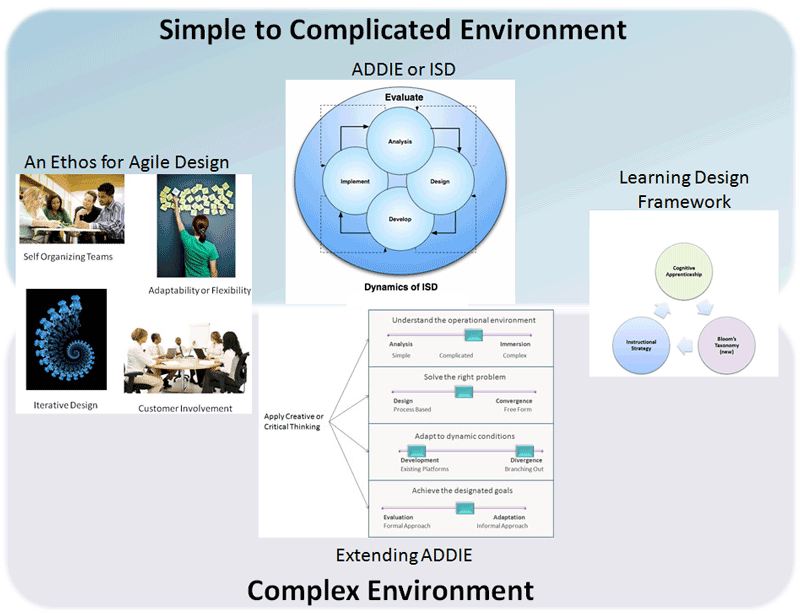Note: This site is moving to KnowledgeJump.com. Please reset your bookmark.
Learning Styles and Metalearning
As noted in the Introduction, learning styles can sometimes harm learning rather than help them. Rather than teaching learners that knowing and using their personal learning style is best for them, we should be showing them how an over-reliance on one's learning style is actually harmful, thus they need to select the best style or modality for the task on hand. That is, when the learner chooses his or her preferred learning style, then that learner should be asking, "Is this really the best learning style for me to use, or would another one work better?"
Choosing the best learning method is part of metalearning—being aware of and taking control of one's learning (Biggs, 1985). This concept is related to metacognition.
The meta-analysis of educational interventions conducted by (Hattie, Biggs, Purdie, 1996) can help us put metalearning in context with other interventions, which allows us to put our limited resources and efforts into the interventions that have the largest effect sizes:
Intervention |
Effect size |
| Reinforcement | 1.13 |
| Student's prior cognitive ability | 1 |
| Instructional quality | 1.04 |
| Direct instruction | 0.82 |
| Student's disposition to learn | 0.61 |
| Class environment | 0.56 |
| Peer tutoring | 0.5 |
| Parental involvement | 0.46 |
| Teacher style | 0.42 |
| Affective attributes of students | 0.24 |
| Individualization | 0.14 |
| Behavioral objectives | 0.12 |
| Team teaching | 0.06 |
While the above chart does not include metalearning, we can use the research of Marzano (1998) who found that approaches that were directed at metalearning, such as setting goals, choosing appropriate strategies, and monitoring progress are more effective in improving learning outcomes than those which simply aim to engage learners at the level of presenting information for understanding and use. Interventions targeted at improving metalearning produced an average gain of 26 percentile points. While there are a few of ways of calculating effect size and percentile points, I believe 26 percentile points would roughly equal an effect size of 0.80. This would place metalearning in the top five interventions:
Intervention |
Effect size |
| Reinforcement | 1.13 |
| Student's prior cognitive ability | 1 |
| Instructional quality | 1.04 |
| Direct instruction | 0.82 |
| Metalearning | 0.8 |
| Student's disposition to learn | 0.61 |
| Class environment | 0.56 |
| Peer tutoring | 0.5 |
| Parental involvement | 0.46 |
| Teacher style | 0.42 |
| Affective attributes of students | 0.24 |
| Individualization | 0.14 |
| Behavioral objectives | 0.12 |
| Team teaching | 0.06 |
In addition, as we begin placing more emphasis on informal learning, rather than formal and nonformal, metalearning's importance would probably rank even higher in the chart. Using learning styles as a tool to help learners learn-to-learn, rather that an instrument for stereotyping them into using a particular style, could help them to target one or more styles to fit a strategy for a particular learning need.
References
Biggs, J. B. (1985). The role of meta-learning in study process. British Journal of Educational Psychology, 55, 185-212
Hattie, J., Biggs, J., and Purdie, N. (1996). Effects of Learning Skills Interventions on Student Learning: A Meta-analysis. Review of Educational Research, 66, 99-136.
Marzano, Robert J. (1998). A Theory-Based Meta-Analysis of Research on Instruction. Mid-continent Aurora, Colorado: Regional Educational Laboratory. Retrieved May 2, 2000 from http://www.mcrel.org/PDF/Instruction/5982RR_InstructionMeta_Analysis.pdf



